
 English
English  Español
Español Português
Português русский
русский Français
Français 日本語
日本語 Deutsch
Deutsch tiếng Việt
tiếng Việt Italiano
Italiano Nederlands
Nederlands ภาษาไทย
ภาษาไทย Polski
Polski 한국어
한국어 Svenska
Svenska magyar
magyar Malay
Malay বাংলা ভাষার
বাংলা ভাষার Dansk
Dansk Suomi
Suomi हिन्दी
हिन्दी Pilipino
Pilipino Türkçe
Türkçe Gaeilge
Gaeilge العربية
العربية Indonesia
Indonesia Norsk
Norsk تمل
تمل český
český ελληνικά
ελληνικά український
український Javanese
Javanese فارسی
فارسی தமிழ்
தமிழ் తెలుగు
తెలుగు नेपाली
नेपाली Burmese
Burmese български
български ລາວ
ລາວ Latine
Latine Қазақша
Қазақша Euskal
Euskal Azərbaycan
Azərbaycan Slovenský jazyk
Slovenský jazyk Македонски
Македонски Lietuvos
Lietuvos Eesti Keel
Eesti Keel Română
Română Slovenski
Slovenski मराठी
मराठी Srpski језик
Srpski језик
Tricot Beam A Revolutionary Advancement in Textile Manufacturing
2023-09-15
The textile industry has been at the heart of human civilization for centuries, providing us with the fabrics and materials we rely on for clothing, furnishings, and more. Over the years, technological advancements have transformed the way textiles are produced, and one such innovation is the Tricot beam. This article explores what Tricot beams are, how they work, and their impact on the textile industry.
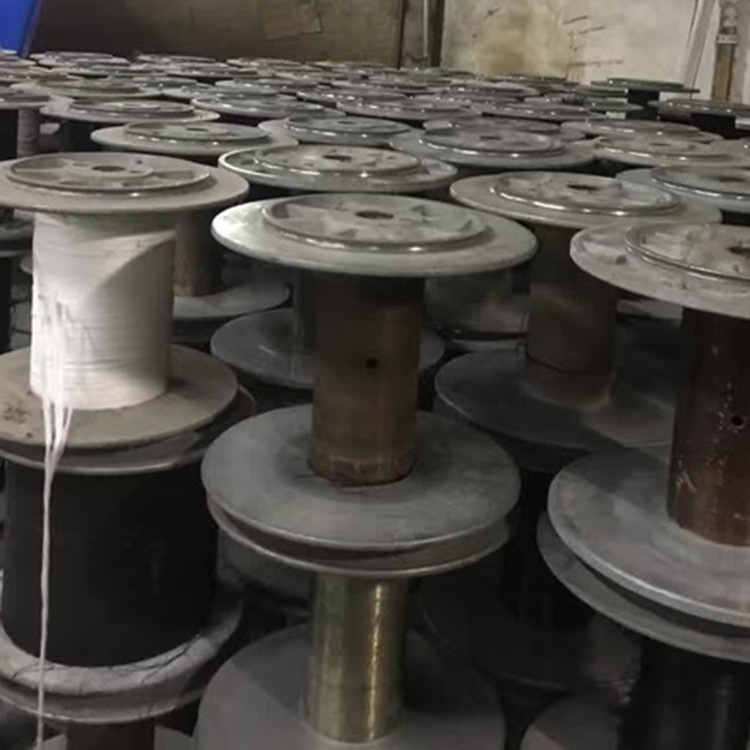
Tricot beams are an integral part of warp knitting machines, a type of textile manufacturing equipment. These beams are cylindrical or barrel-shaped components that hold warp yarns under tension and feed them to the knitting elements of the machine. Unlike traditional weaving, which interlaces yarns horizontally and vertically, warp knitting forms loops in a vertical direction, creating a fabric with distinct properties.
The key innovation behind Tricot beams is their ability to control yarn tension precisely. This precise tension control allows for the creation of fabrics with varying levels of stretch, texture, and thickness. Moreover, Tricot beams enable warp knitting machines to produce complex patterns and designs, making them highly versatile in textile production.
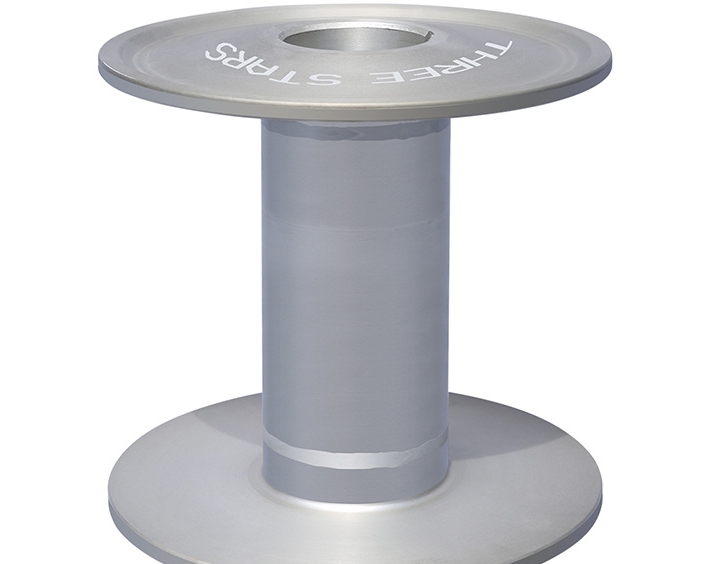
Tricot beams are composed of multiple yarn packages, each of which supplies a specific set of yarns to the machine. These packages can be adjusted individually to achieve the desired tension, ensuring that the fabric is manufactured with uniform quality. This level of control is especially important in industries where consistency and precision are paramount, such as in the production of sportswear, lingerie, and technical textiles.
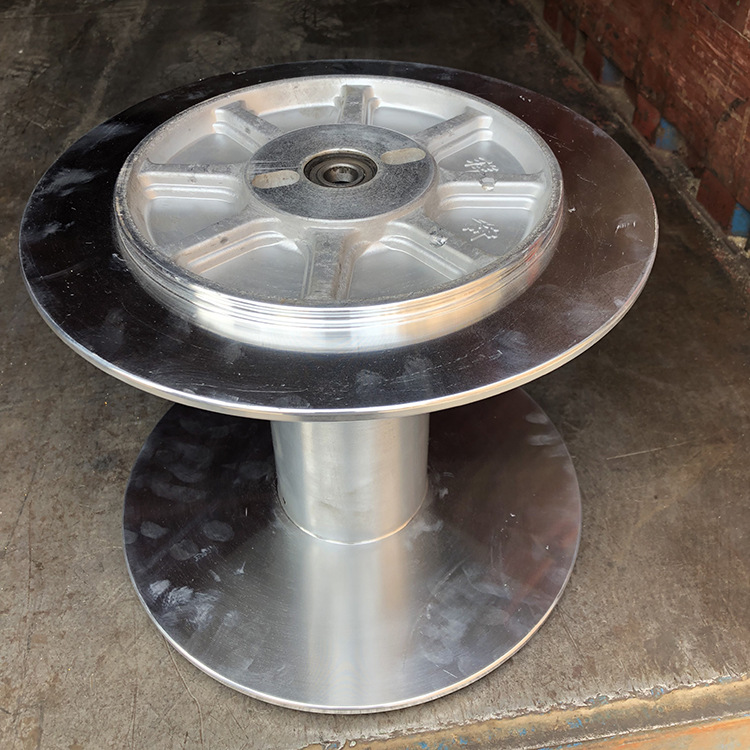
The working principle of a Tricot beam involves guiding the warp yarns through a series of tensioning devices and then onto the beam. As the machine operates, the beam rotates, unwinding the yarns at the required tension. The yarns are then guided to the knitting elements, where they are interlooped to create the fabric. The precise tension control and synchronized movement of the Tricot beam and knitting elements ensure that the fabric is produced with the desired characteristics.
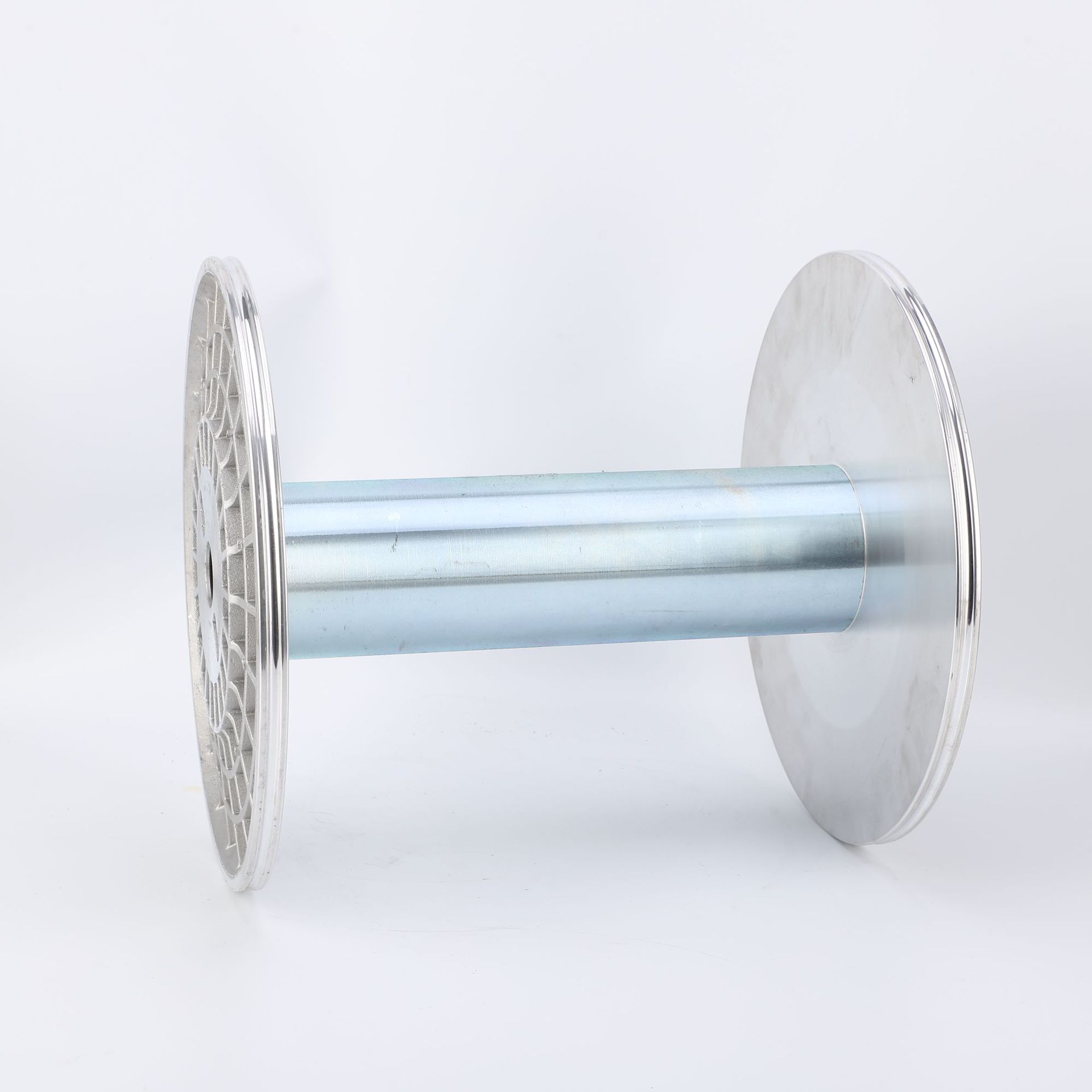
One of the significant advantages of Tricot beams is their speed and efficiency. Warp knitting machines equipped with Tricot beams can produce fabrics at high speeds, making them suitable for mass production. This efficiency has a direct impact on cost-effectiveness, as it reduces labor and energy costs while increasing productivity.
In addition to speed and efficiency, Tricot beams offer versatility. They can accommodate a wide range of yarn types, from natural fibers like cotton and wool to synthetic materials such as polyester and nylon. This flexibility allows manufacturers to produce a diverse array of textiles, meeting various market demands.
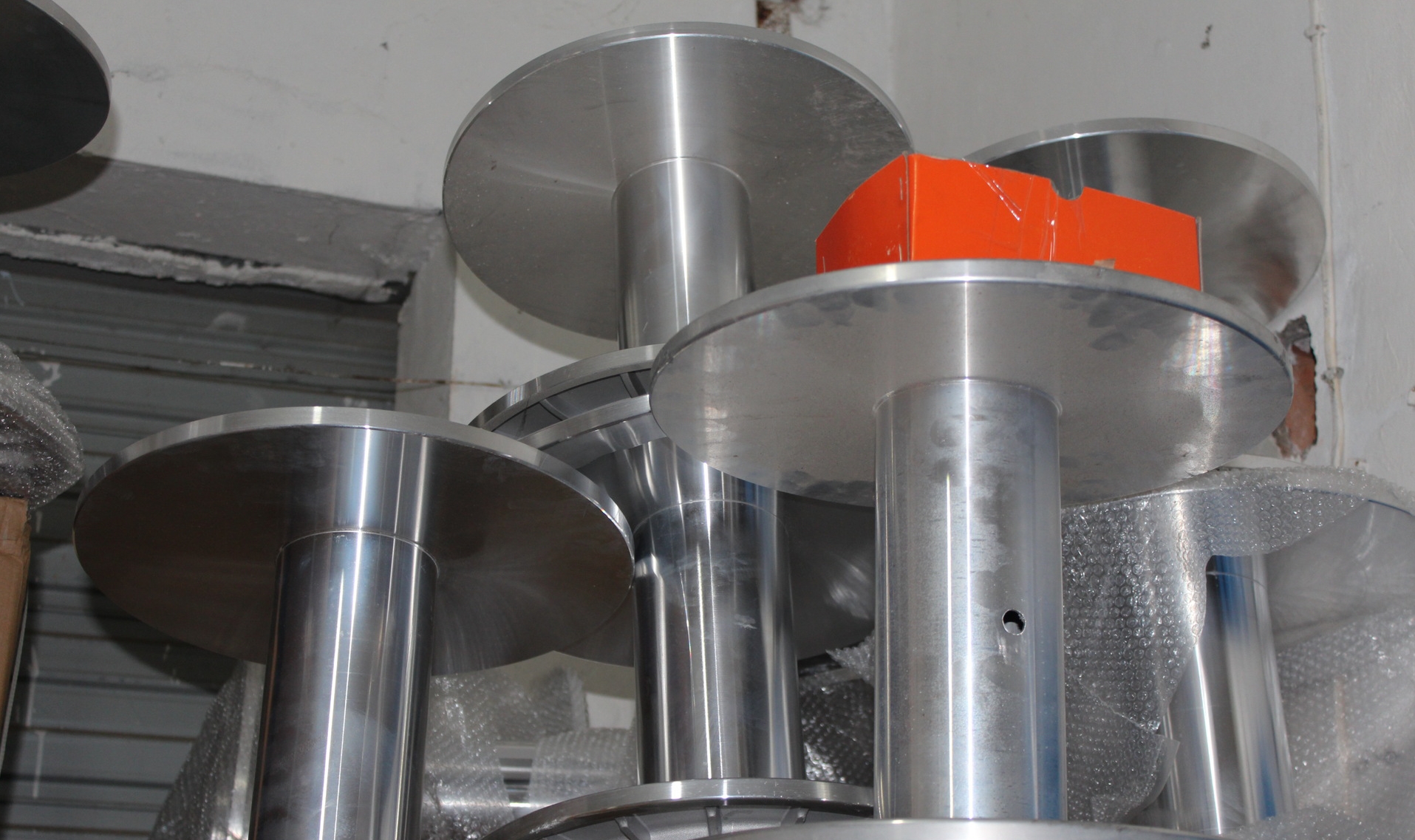
Tricot beams have found applications in several industries. In the fashion industry, they are used to create stretchy fabrics for activewear, swimwear, and lingerie. The ability to produce intricate patterns and textures also makes Tricot beams popular in the production of decorative fabrics for home furnishings. Moreover, in the automotive and aerospace sectors, Tricot beams are used to manufacture technical textiles with specific performance characteristics, such as strength, durability, and flame resistance.
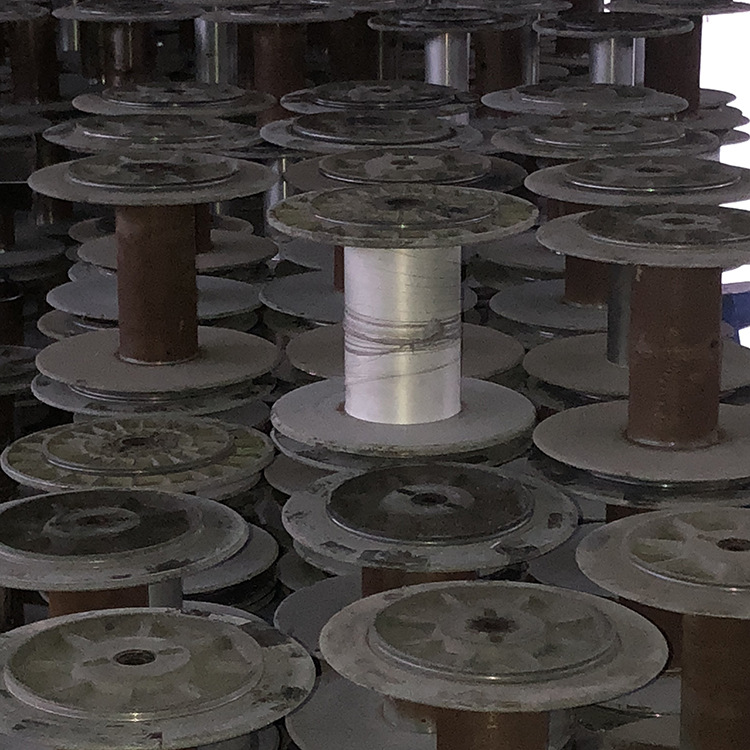
In conclusion, Tricot beams have revolutionized textile manufacturing by offering precise tension control, speed, and versatility. They enable the production of a wide range of fabrics with varying properties, making them indispensable in numerous industries. As technology continues to advance, we can expect further innovations in textile production, driven by components like Tricot beams that push the boundaries of what is possible in fabric creation.
https://www.cable-spool.com/tricot-beam






